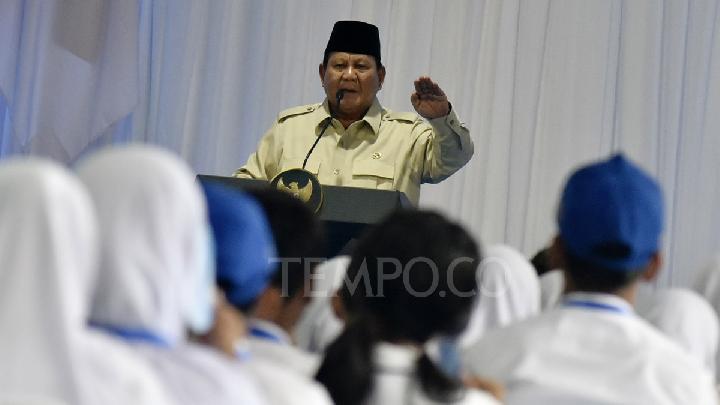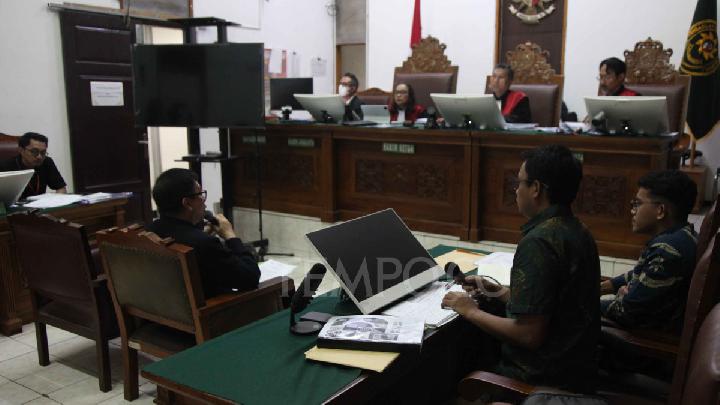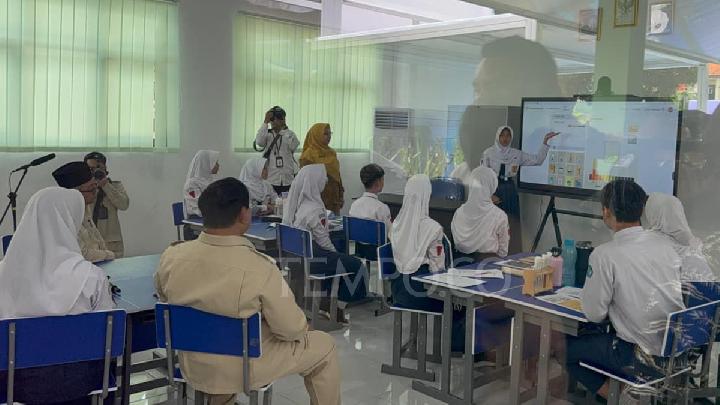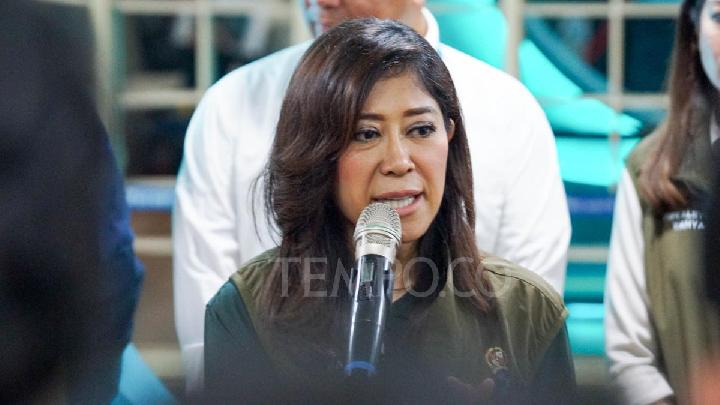By Linda Yanti Sulistiawati, Senior Research Fellow, Asia-Pacific Centre for Environmental Law (APCEL), National University of Singapore, Singapore, and Assoc. Prof of Law, Universitas Gadjah Mada, Indonesia.
The new, non-binding ASEAN Declaration on a Safe, Clean, Healthy, and Sustainable Environment is ultimately a critical first step that compels member states to move beyond rhetoric and enact concrete national laws to protect environmental rights.
The ASEAN Summit 2025 concluded at the end of October, with Malaysia formally handing over the presidency to the Philippines. Among the various documents adopted, one declaration stands out: the ASEAN Declaration on a Safe, Clean, Healthy, and Sustainable Environment. While the concept of environmental rights is not new to ASEAN member states, its legal recognition varies across the region. For instance, Indonesia enshrines environmental rights in its constitution, and the Philippines incorporates them in its Kalikasan writ. However, several member states still lack a comprehensive legal framework to fully protect these rights.
But does adopting a declaration—essentially a non-legally binding instrument—truly benefit the region or is it just a performative action? Here are some key points to consider.
First, ideally, a legally binding instrument would have been preferable, as it would compel all ASEAN member states to respect, protect, and fulfil the right to a safe, clean, healthy, and sustainable environment for their citizens. However, during negotiations, the parties opted for a declaration instead for various reasons. While a declaration lacks legal enforceability, it can still be influential. By articulating shared principles, it establishes regional norms and expectations, creating a benchmark for acceptable and desirable behavior among member states.
Second, the current declaration contains notable protection gaps. Civil society groups and NGOs across the region have rightly raised concerns about the absence of safeguards for environmental defenders against Strategic Lawsuits Against Public Participation (SLAPP) and other forms of harm frequently directed at them. These omissions represent significant weakness in regional environmental protection.
However, the declaration’s preamble does acknowledge “the need for sufficient and effective protection for all, including persons working to promote and protect the right to a safe, clean, healthy and sustainable environment, where appropriate.” This appears to be a compromise by ASEAN member states to recognize the issue.
Is this enough? Certainly not. Yet, it provides an opportunity to strengthen protections through national laws and regulations, ensuring explicit coverage for environmental defenders.
Third, the declaration explicitly recognizes the importance of protecting people in vulnerable situations, including women, girls, children, youth, older persons, persons with disabilities, ethnic groups, and indigenous and local communities. This is crucial, especially given today’s geopolitical instability, where these groups are often the first to bear the brunt of environmental and social pressures. By acknowledging these vulnerable groups, the declaration provides a framework for cooperation among member states to strengthen protections and ensure that environmental rights are inclusive and equitable.
Fourth, the declaration’s interdisciplinary nature bridges human rights and environmental rights, reinforcing their interconnectedness. By doing so, it empowers ASEAN member states to take proactive steps—such as recognizing, acknowledging, advancing, encouraging, promoting, fostering, and enhancing the respect, protection, and fulfillment of these environmental rights. This linkage elevates environmental protection from a policy aspiration to a fundamental human right, strengthening its normative influence across the region.
Last but not least, signing a declaration signals political will. Even if it is part of performative action, it compels governments to align domestic policies with the declaration to maintain credibility and regional standing.
While a regional declaration cannot be directly enforced within member states, national policies and regulations serve as the primary tools for implementing a safe, clean, healthy, and sustainable environment. This may seem modest, but consider the potential impact: if all eleven ASEAN member states enact domestic laws and regulations on environmental rights, many basic environmental challenges in the region could be significantly reduced.
In conclusion, this declaration, while imperfect, is a starting point. It’s a window of opportunity, a stepping stone toward the wider environmental protections and rights that are urgently needed in the region.
*) DISCLAIMER
Articles published in the “Your Views & Stories” section of en.tempo.co website are personal opinions written by third parties, and cannot be related or attributed to en.tempo.co’s official stance.










































:strip_icc():format(jpeg)/kly-media-production/medias/5266416/original/075903700_1751001939-young-mother-playing-with-lovely-son-bedroom.jpg)







